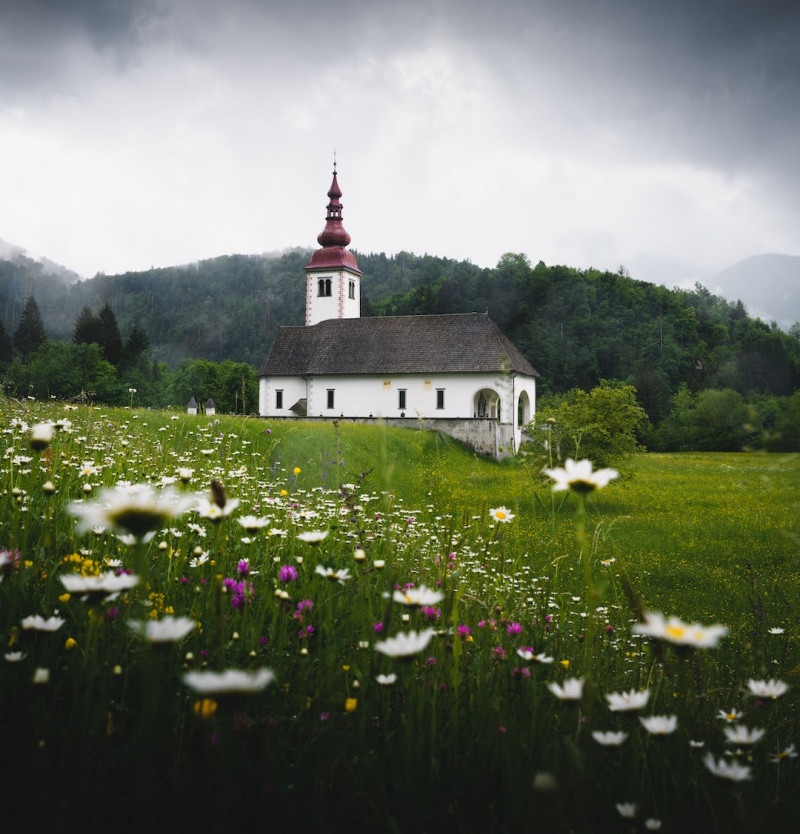
Climate Change’s Unforgiving Touch: Recent Flooding in Slovenia’s Julian Alps**
Introduction
The natural beauty of the Julian Alps in Slovenia has long been a source of wonder and inspiration. However, these majestic mountains are now bearing the brunt of climate change, which has led to devastating consequences. Recent flooding in the region has starkly highlighted the vulnerability of this precious ecosystem to the changing climate. In this article, we’ll delve into the effects of climate change on the Julian Alps and examine the causes and consequences of the recent flooding that has brought the region to its knees.
Climate Change’s Footprint on the Julian Alps
1. **Warming Temperatures:** Like many other mountainous regions around the world, the Julian Alps have experienced rising temperatures due to climate change. Winters are becoming milder, leading to decreased snowfall and shorter snow cover periods. This has far-reaching effects on the region’s hydrology and ecosystems.
2. **Melting Glaciers:** The melting of glaciers in the Julian Alps is a visible testament to the changing climate. These glaciers act as natural reservoirs, providing water to streams and rivers during dry seasons. The reduction in glacier size affects both water availability and the overall landscape.
3. **Altered Precipitation Patterns:** Changing precipitation patterns, including more intense rainfall events, are exacerbating the risk of flooding. The Julian Alps are experiencing an increase in heavy rainfall, which can overwhelm the natural drainage systems and cause rivers to breach their banks.
The Devastating Impact of Recent Flooding
In recent years, Slovenia’s Julian Alps have witnessed unprecedented flooding events that have left a trail of destruction in their wake:
1. **Loss of Lives and Homes:** Flash floods and river overflows have resulted in the tragic loss of lives and the destruction of homes and infrastructure. Communities that have thrived for generations are now grappling with the aftermath of these natural disasters.
2. **Ecological Disruption:** The delicate ecosystems of the Julian Alps are being severely disrupted by the flooding. Soil erosion, sedimentation of rivers, and disturbances to plant and animal habitats are threatening the region’s biodiversity.
3. **Economic Toll:** The economic impact of these flooding events is immense. The tourism industry, which relies heavily on the allure of the Julian Alps, has been hit hard. Infrastructure damage, agricultural losses, and increased disaster management costs add to the financial strain.
A Call to Action
The situation in the Julian Alps is a dire warning that demands immediate action:
1. **Mitigation Efforts:** It is crucial to accelerate global efforts to mitigate climate change. Reductions in greenhouse gas emissions and the transition to renewable energy sources are key steps to prevent further damage to vulnerable regions like the Julian Alps.
2. **Adaptation Strategies:** Communities and governments must develop adaptive strategies to cope with changing climate patterns. These strategies could include improved flood management infrastructure, reforestation efforts, and sustainable land use practices.
3. **International Cooperation:** Climate change knows no borders. International collaboration is essential to address the broader challenges of climate change, protect vulnerable ecosystems, and ensure a sustainable future for all.
Conclusion
The recent flooding in Slovenia’s Julian Alps serves as a poignant reminder of the destructive power of climate change. The effects of rising temperatures, melting glaciers, and altered precipitation patterns are wreaking havoc on this once-pristine landscape. Urgent action is needed at the local, national, and global levels to mitigate the impacts of climate change and protect the invaluable ecosystems of the Julian Alps. As we reflect on the recent flooding, let it serve as a rallying cry for a collective commitment to preserving the natural wonders of our world for generations to come.

